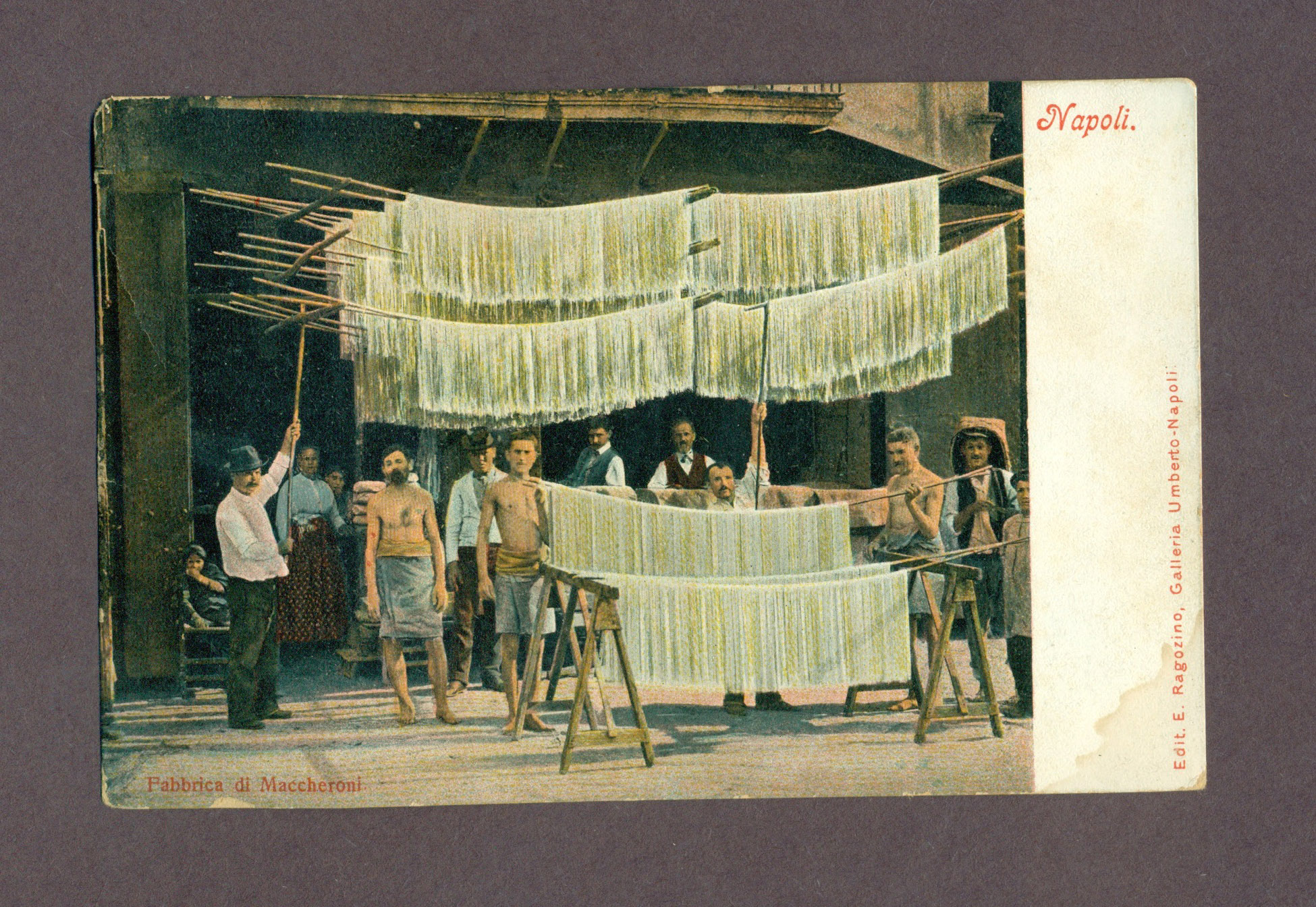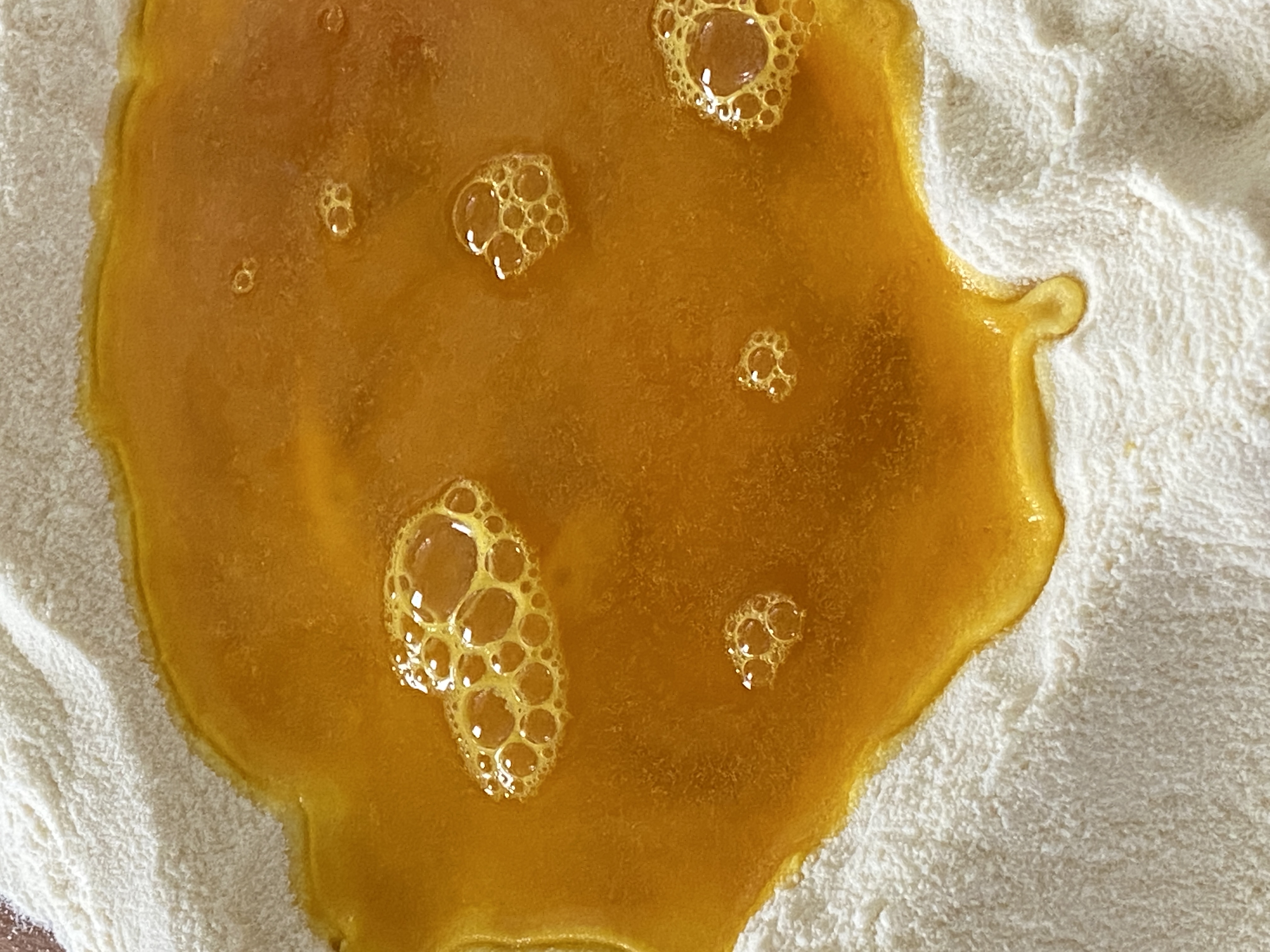“Reproduction does not only concern our material needs – such as housing, food preparation, the organization of space, childrearing, sex, and procreation. An important aspect of it is the reproduction of our collective memory and the cultural symbols that give meaning to our life and nourish our struggles.”
– Re-enchanting the World: Feminism and the Politics of the Commons, Silvia Federici
This is not a cookbook. “Pasta”, translating to dough or (more essentially) paste/mixture, is central to Italian and subsequently Italian diasporic cooking traditions. The simple mix of grain and liquid (and occasionally fat) has come to represent a way of life and is a material through which one can track agricultural, environmental, and political/socio-ecomonic change throughout the Italian peninsula. It is a tradition that is safeguarded by a dwindling elderly population in Italy and around the world. Though it has been marketed, patented, industrialized, and professionalized, the tradition of (home) pasta-making can be best observed in small corners of the internet where young Italians, and Italian-hyphenate descendents, are recording their elders’ highly individualized techniques and tools. The skill/craft of pasta making has been transferred as a kind of oral history, and has benefited from digital spaces and tools to maintain and distribute traditional techniques. In this way (as with all food and crafts) individuals outside of, or severed from, the tradition can engage in one that has developed in relation to specific landscapes and has also fundamentally altered those landscapes.

Pasta becomes a microcosm for the labor in specific regions, and the relationship between that labor and the land that supports it. Pasta in Sicily, for instance, consists of durum wheat specific to the region combined with water, while the tradition in Emilia Romagna uses a completely different wheat variety with egg. Alternative flours like buckwheat, chestnut, and even flour milled from burnt wheat berries are used throughout the peninsula.
Pasta demonstrates the relationship between craft and technology in a rather intuitive way. While pasta is made in the home, it has also been an industrial product for about as long. Not industrial at the scale it is today, but dried pasta was fundamentally a technology developed to store and transport grain-based nourishment.

Pasta also serves as a record for the linguistic evolution of an incredibly linguistically diverse region. The names of various shapes can reflect the dialect of the region, illustrate the physical gesture needed to make the shape, or give you a pictoral symbol for the shape. This means you can have a plate of little bulls (malloreddus - Sardinian dialect), little ears (orecchiette), or spaghetti cut on the strings of a guitar (spaghetti alla chitarra). Poetics of language and material are fundamental to pasta forms and reveal a necessary tension (or exchange) between the sensual and the practical.



On this site are some basic recipes to get you started, annotated where necessary or interesting with links to people who illustrate a concept or a technique especially well. There is room for experimentation with form and ingredients but, as with any kind of cooking, the best place to start is with repeating the basics over and over again to develop an intuitive understanding of how ingredients behave. The process will change with ingredients in certain combinations, humidity/weather, and with different hands. The goal is not to become an expert pasta maker but to develop, through practice, a critical understanding of a certain kind of traditional labor and its embedded histories. While making pasta it is worth asking how can engaging with traditional food-ways generate (or re-generate) a kind of solidarity, between individuals or between people and the landscape?
Since the artists who make a proletarian choice recognize that they are a privileged instance in the minute subdivision of labour which the ruling class uses to maintain its power, their only objective can be the transition from an art understood as an aristocratic moment to an art understood as a democratic moment (and here one must avoid confusing "democratic" art, which everyone may have the opportunity and right to practice, with "demagogic" art, dedicated to the glorification of the proletariat, but privilege of the few).
– Enzo Mari

